Strength Training Golf
The combination of strength and speed is the key to increasing power needed to gain distance off the tee or from the fairway. Developing a strength training plan that matches your physical capability and range-of-motion status should be considered if you want to shoot lower scores. It's because increased distance comes from stronger muscles that help you deliver more force from the club to the ball faster through impact.
To be effective, strength training needs to be built on a foundation of flexible muscles and joints. The best place to start a plan is with TPI functional movement screens to identify joint restrictions that prevent you from swinging efficiently. Then you can select the appropriate corrective exercises in the right progression for strengthening muscles, stabilizing joints, and reinforcing correct movement patterns.
In developing a strength training plan, it's also a good idea to evaluate the strength and power of regional muscle groups. For example, do you have a relatively greater strength in muscle chains of the upper body or the lower body?
An important goal is to increase explosive ballistic strength because a golf swing needs explosive rotational power. A resistance load somewhat less than half your maximum capacity will allow you to increase muscle fibers that most benefit increasing your rate of force production. While increasing muscle mass (hypertrophy) is important, you also want to develop fast twitch Type IIb fibers needed for enhanced movement velocity.
As we age, strength training becomes more important to maintain health and reduce chances of injury. Greater muscle mass around joints is protective and helps to absorb physical shock. Resistance training that provides optimum postural loading increases bone density and thereby minimizes fractures. The bottom line is that stronger bigger muscles around stable joints minimize the risk of injury in golf while helping you achieve greater distances from your swing.

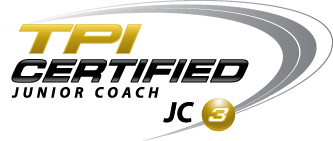
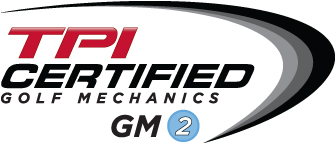

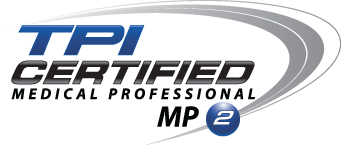

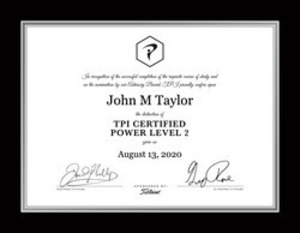




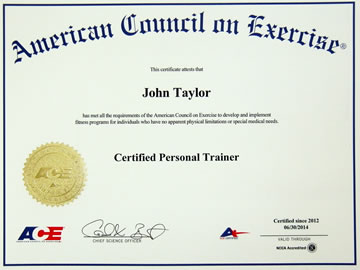
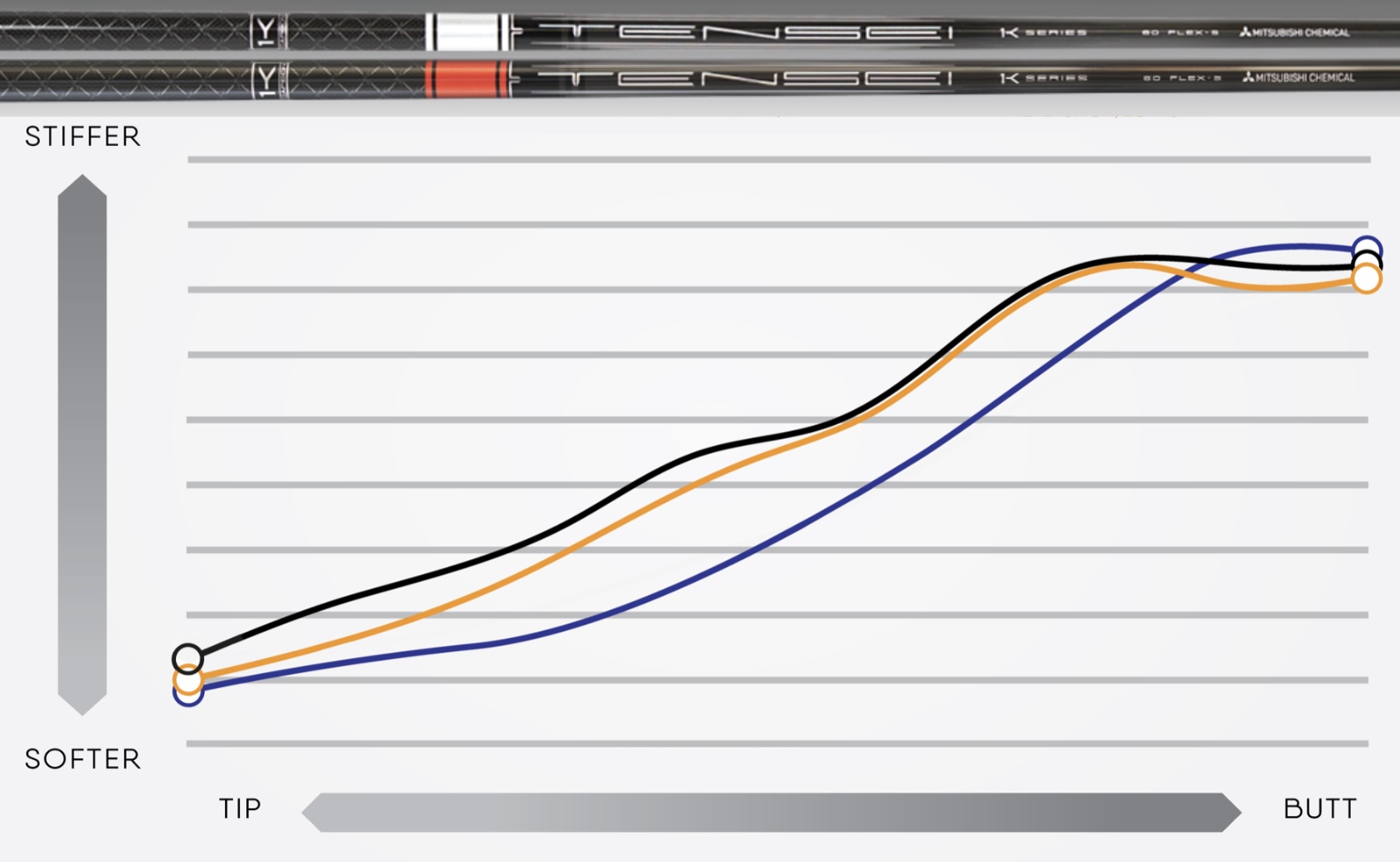
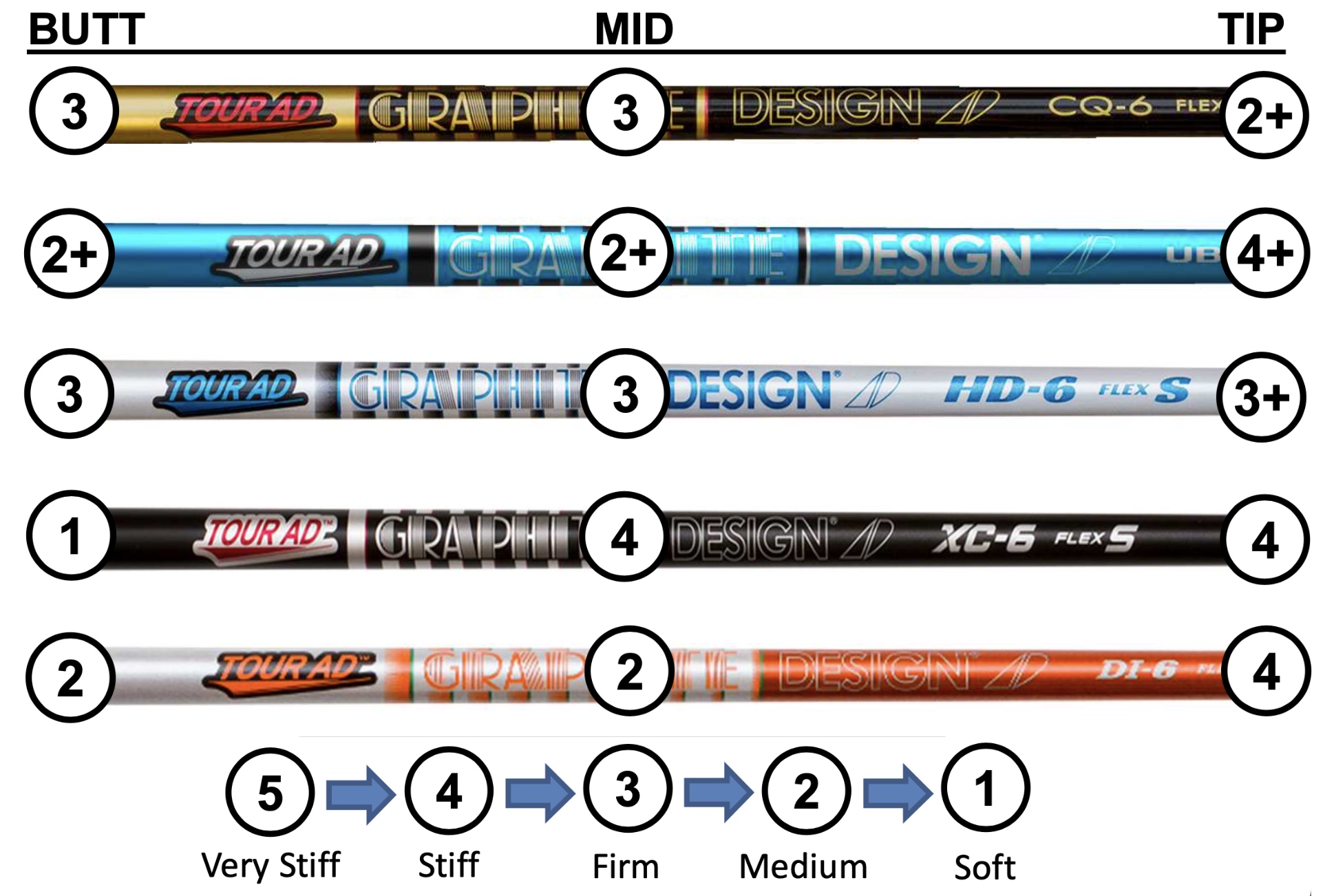













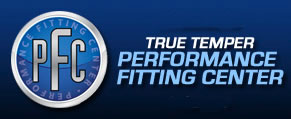

 John Taylor
John Taylor